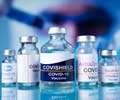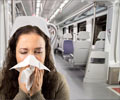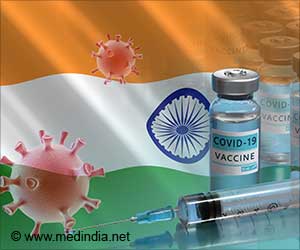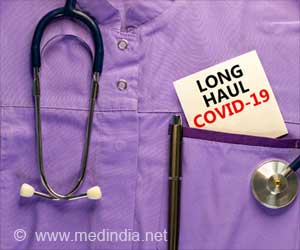Rapid tests and five-day quarantines are effective.

‘Almost 90% of infectious travelers could be detected for SARS-CoV-2 with rapid tests at the airport’
Read More..




Transportation Security Administration data show that air travel has been increasing since the 2020-2021 holiday season, but it is still only 1/3rd of what it was before the pandemic. Read More..
Nathan Lo, senior author, said, "This evidence could be useful to standardize tests and quarantine policy for COVID-19 at the airline, city and state level for travelers. Nothing will be perfectly safe, and travel will always pose a risk to the individual and for importation to states, but this is a way to substantially minimize the risk."
The computer simulation model makes forecasts about how many people are likely to be infected in a day, how long they are likely to be infectious and how likely different types of tests are to detect infectious people.
The study simulated 100,000 travelers infected on any given day before, during and after their trips, who were tested pre-travel and quarantined post-travel plus-testing strategies.
"We know from the published literature how the infection spreads, and we can simulate how likely different testing and quarantine strategies will be to protect a person from infection, and also reduce their chance of being a source of transmission in the community," Lo explained.
Advertisement
Imposing a five-day quarantine, that would be lifted only after a negative PCR test, decreased the number of "infectious days” (the days that travelers would be able to spread the virus) by two-thirds. A five-day quarantine was found to be as effective as a 10- or 14-day quarantine and more likely to be enforceable.
Advertisement
Mathew Kiang, first author, said that rapid tests are a quick and easy alternative for travelers, while PCR tests require them to make an additional trip to get tested a few days before departure.
"Asking people to get tested before the day of travel may not be as feasible," he added.
"Ultimately, it's a value judgment," Lo said. "These strategies are not perfect, but if we implement test-and-travel strategies, we can dramatically reduce the risk of infection when traveling."
Source-Medindia














